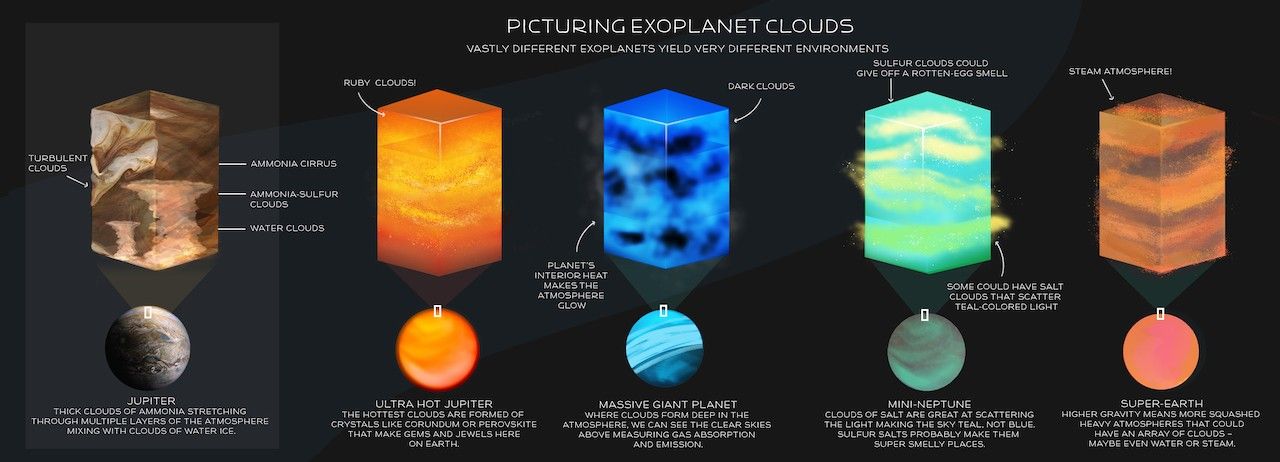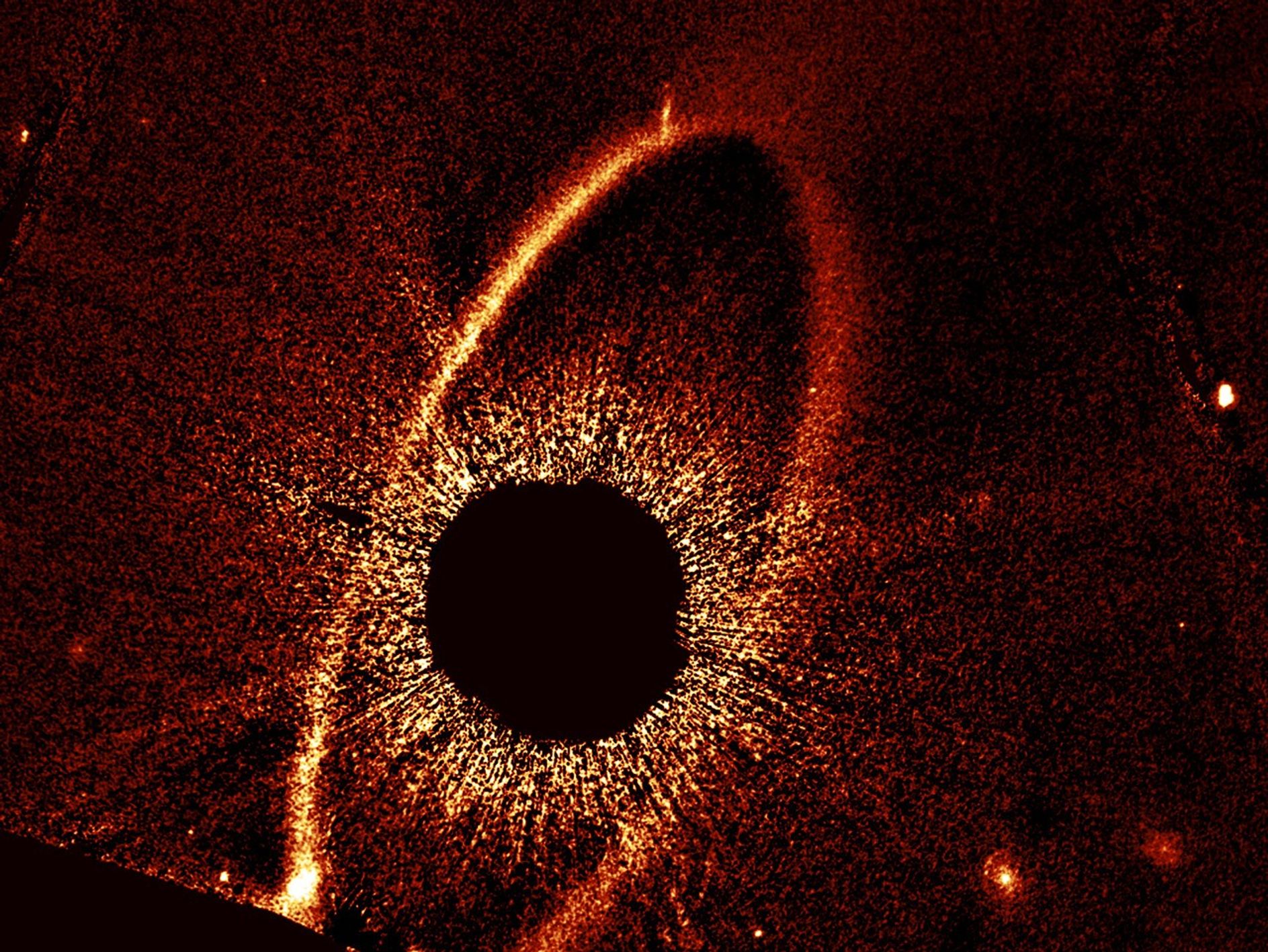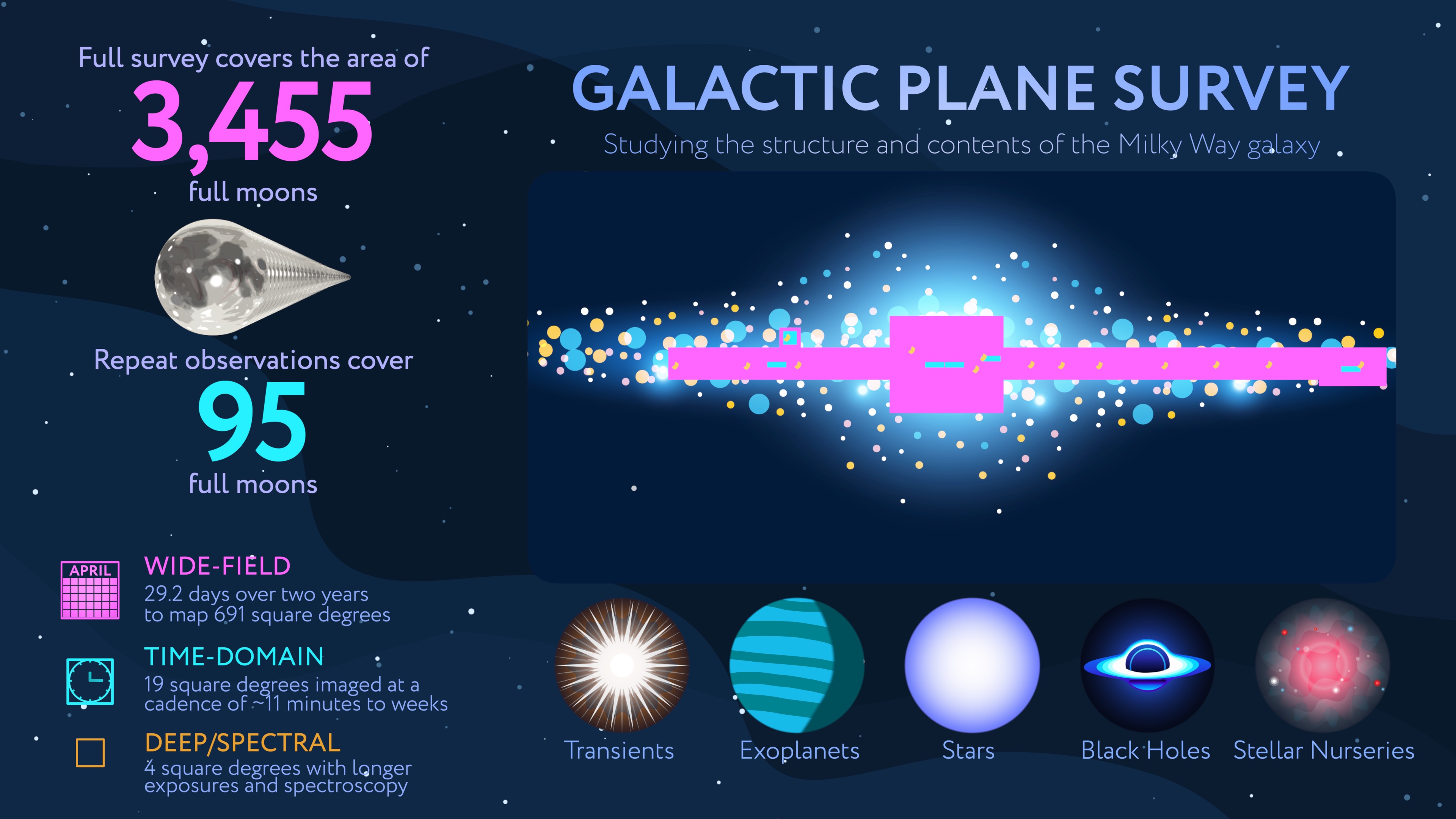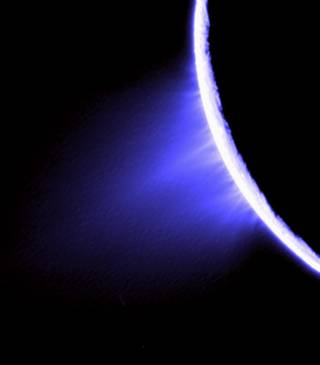Clouds of vaporized rock, and perhaps even glittering gems, could fill the skies of some distant worlds. Add howling winds and broiling temperatures, and you begin to catch the first glimpse of wildly different environments on one of the many varieties of exoplanets – planets around other stars.
Exoplanet scientists are on the edge of their seats. NASA’s James Webb Space Telescope has begun to deliver its first science images and data. The targets for observations to come include the atmospheres of some of the strangest exoplanets found so far.
Among the best ways to understand these atmospheres, and even the planets themselves, will be the first-ever direct observations of clouds, however weird and exotic they might be.
“On Earth, a lot of these minerals are jewels,” said Tiffany Kataria, an exoplanet scientist at NASA’s Jet Propulsion Laboratory in Southern California. “A geologist would study them as rocks on Earth. But they can form clouds on exoplanets. That’s pretty wild.”
These planets – hot gas giants – are among many exoplanet types confirmed in the galaxy. They could have clouds of vaporized rock because they orbit so close to their stars, making their atmospheres ferociously hot.
And while clouds of rock, rubies, or sapphires might sound enchanting, actually detecting such minerals in an exoplanet atmosphere also would be a giant step forward in scientific knowledge.
“Clouds tell us a lot about the chemistry in the atmosphere,” Kataria said. “It then becomes a question of how the clouds formed, and the formation and evolution of the system as a whole.”

The Webb telescope's many capabilities include “spectroscopy” – splitting the light Webb receives from distant stars and planets into a spectrum, a bit like a rainbow. That would allow scientists to read the types of molecules present in an exoplanet atmosphere.
And that means Webb could detect specific types of minerals in clouds.
Detailed study of exoplanet clouds might even yield evidence of a habitable, potentially life-bearing planet – say on a small, rocky world like Earth.
“Clouds are an important feature on Earth, to regulate temperature,” Kataria said. “They’re an important consideration for Earth’s climate. It stands to reason that clouds could also be a vital component in the atmosphere of a habitable exoplanet. The more we understand how clouds form in general – as they have on Earth and other solar system planets – the more we understand how clouds evolved in more exotic environments.”
Probing the hearts of exoplanet clouds could bring together experts from many scientific fields as they seek to understand the origin, evolution, and environments of other planets in our galaxy.
“This further illustrates that exoplanets as a field really is interdisciplinary, borrowing lessons learned from astronomy, planetary science, geology, chemistry, and other areas of science,” Kataria said. “It’s so important to build these connections with scientists in all these different fields to better understand the many exotic worlds out there.”
The James Webb Space Telescope is the world's premier space science observatory. Webb will solve mysteries in our solar system, look beyond to distant worlds around other stars, and probe the mysterious structures and origins of our universe and our place in it. Webb is an international program led by NASA with its partners, ESA (European Space Agency) and the Canadian Space Agency.
For more information about Webb, visit www.nasa.gov/webb.



































